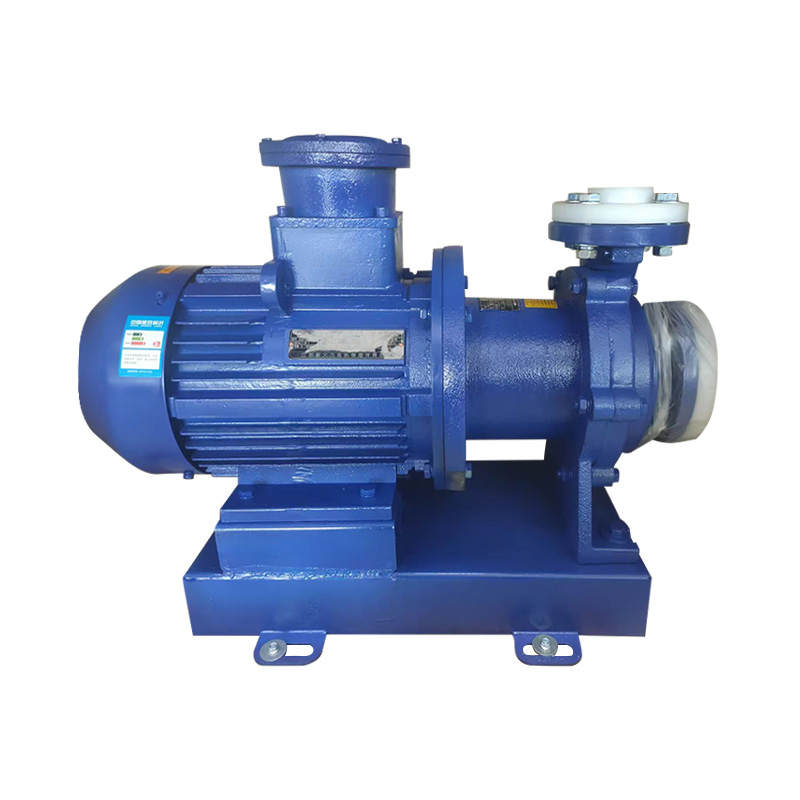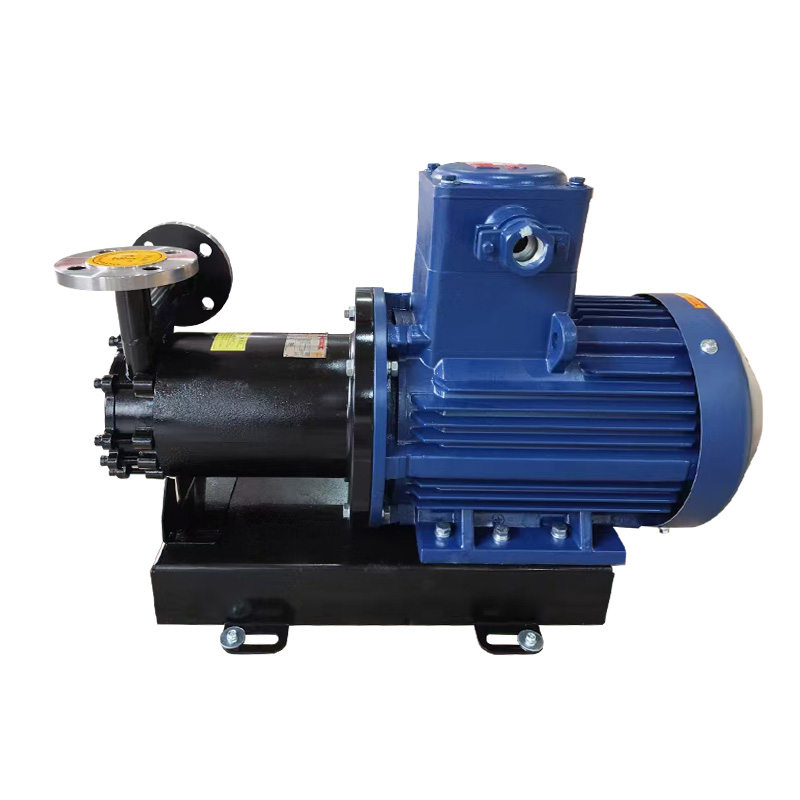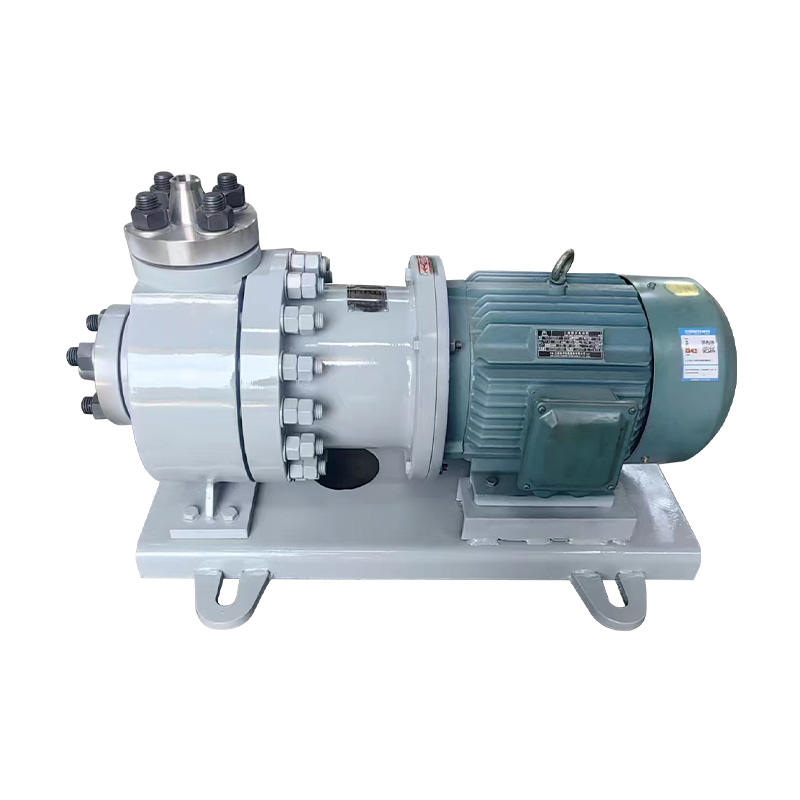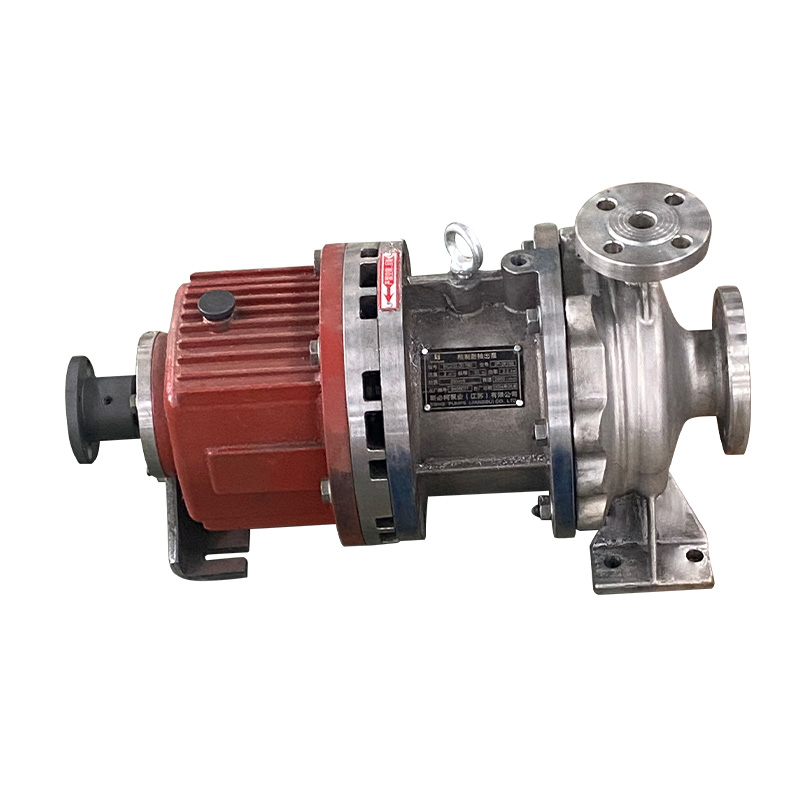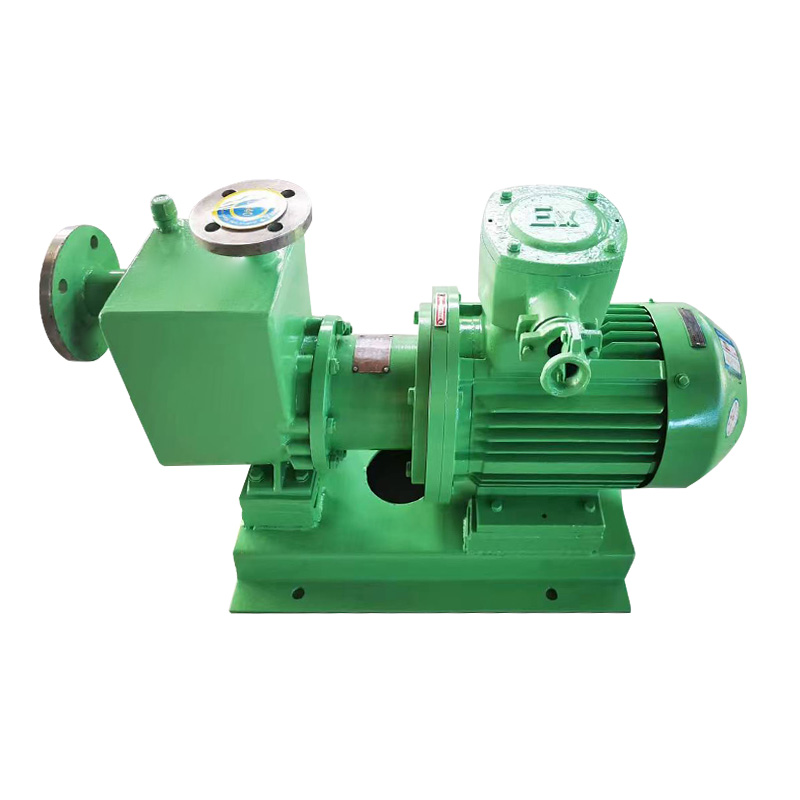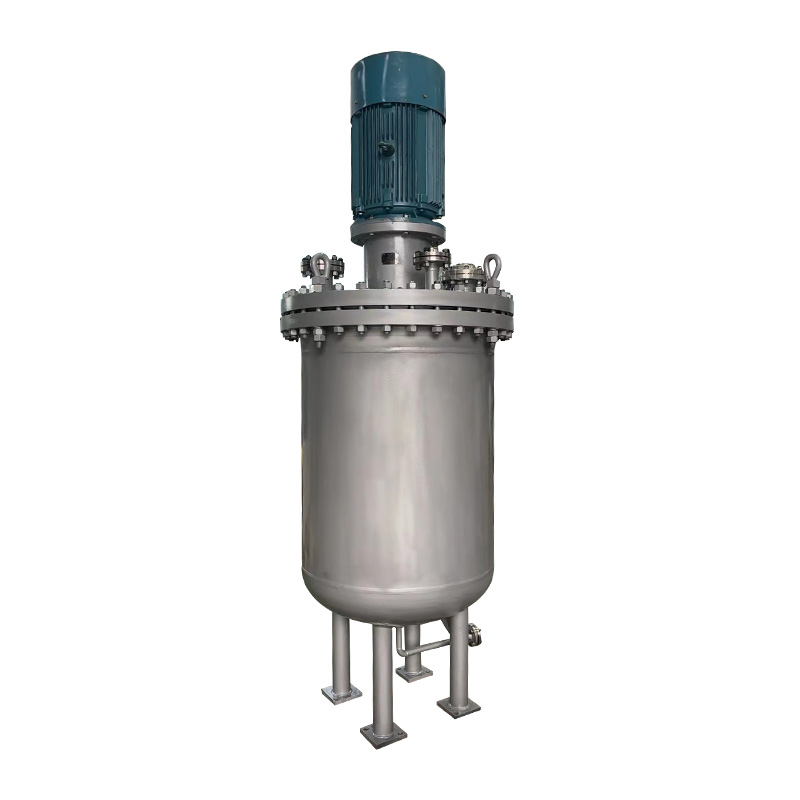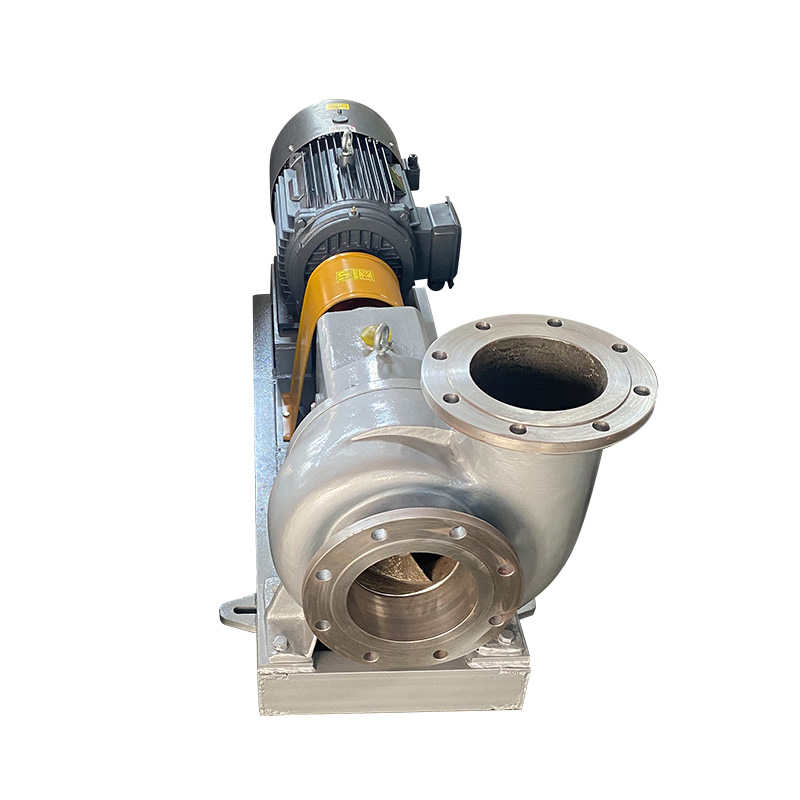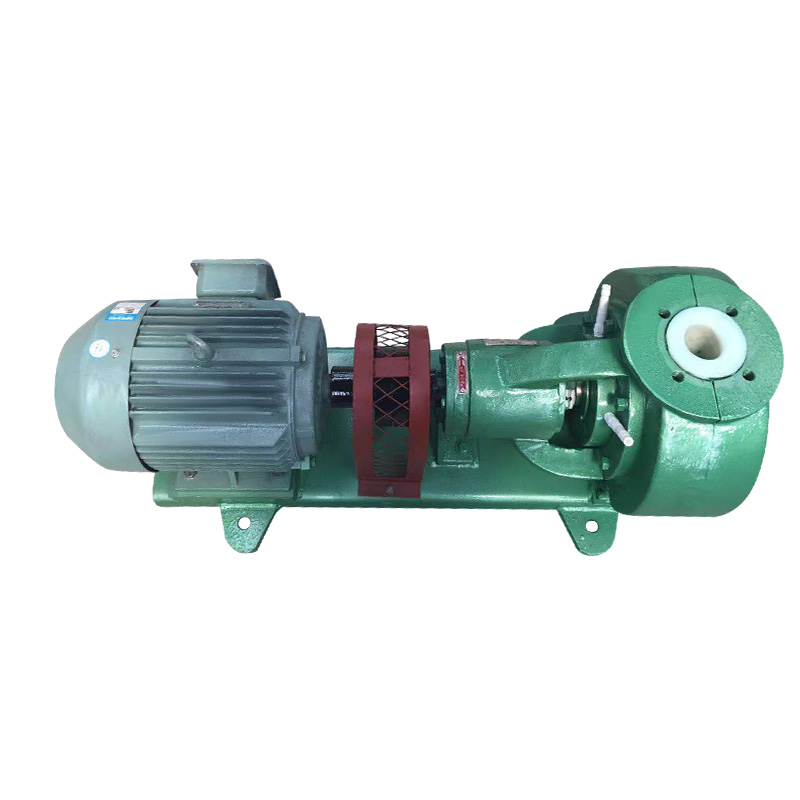1: Traditional Corrosion Resistance Under Pressure: The Limits of Stainless Steel and Coating Technologies in Chemical Pumps
1.1: Stainless Steel Provides Basic Protection in Mild Chemical Environments
Stainless steel has long been the material of choice for Chemical Pumps operating in moderately corrosive conditions. Its inherent resistance comes from a thin passivation layer that isolates the metal from oxidation. In environments where liquids are neutral or only mildly acidic, this material ensures long-term, stable pump operation. Its cost-effectiveness and general durability make it suitable for basic industrial use.
1.2: Alloy Enhancements Offer Moderate Improvement But Fall Short in Complex Media
Alloying with elements like chromium and nickel has allowed Chemical Pumps to operate in slightly more aggressive environments. These additions increase the metal’s resistance to oxidation and general corrosion. However, the protection provided by traditional alloy compositions remains limited when dealing with highly reactive or unstable chemical mixtures, especially those involving multi-phase or mixed acid bases.
1.3: Coating Technologies Provide Temporary Barriers, Not Long-Term Solutions
Corrosion-resistant coatings are often applied to form a physical shield over pump surfaces. Depending on the environment, these coatings can be tailored for specific resistances. Yet, issues such as weak adhesion, erosion from fluid flow, mechanical stress, and temperature changes undermine their long-term effectiveness. Once the coating fails, the base metal becomes vulnerable to immediate attack, compromising pump integrity.
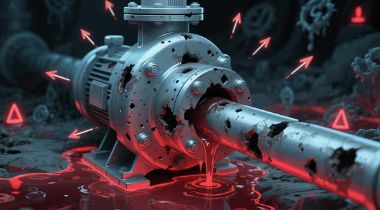
2: The Hidden Dangers of Chloride: Why Stainless Steel Fails in Extreme Chemical Applications
2.1: Chloride Ions Destroy Passive Films, Leading to Rapid Localized Corrosion
In chloride-rich environments—such as those involving seawater, certain acids, or chemical slurries—the protective film on stainless steel breaks down rapidly. Chloride ions are small, aggressive, and highly mobile, easily penetrating micro-defects and attacking the underlying metal. Once the passivation layer is compromised, localized corrosion initiates and spreads quickly.
2.2: Pitting and Crevice Corrosion Threaten Structural Integrity of Pumps
Pitting corrosion often begins at minor surface imperfections or inclusions. It forms deep, narrow holes that penetrate metal layers and create weak points in pump components. Crevice corrosion, meanwhile, develops in static zones like flanges, gaskets, or seams where fluid stagnates. These phenomena escalate rapidly, undermining structural integrity and leading to failures such as perforations or leaks.
2.3: Uncontrolled Corrosion Can Cause Equipment Failure and Production Risks
As corrosion progresses, the Chemical Pump's mechanical strength diminishes. Reduced wall thickness, cracking, and leakage compromise pump performance and may lead to unplanned shutdowns or even safety incidents. In continuous production environments like petrochemical or pharmaceutical manufacturing, such failures pose serious risks to productivity and personnel safety.
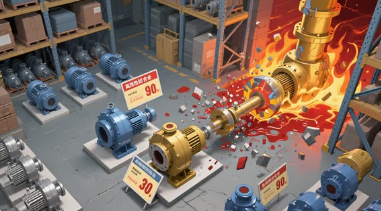
3: High-Performance Alloys and Coatings: Powerful But Costly and Imperfect Defenses
3.1: High-Performance Alloys Are Effective—But Financially Unviable for Mass Use
Advanced corrosion-resistant alloys, such as those with high molybdenum or titanium content, offer improved durability under extreme chemical exposure. However, they require rare metals, complex processing, and rigorous quality control. These factors significantly inflate costs, making large-scale implementation impractical for most chemical plants that operate hundreds of pumps simultaneously.
3.2: Even the Best Alloys Degrade Under Long-Term Stress and Extreme Conditions
Despite their robustness, high-performance alloys are not immune to the effects of high pressure, temperature fluctuations, or prolonged chemical attack. Over time, microstructural changes such as grain boundary weakening, diffusion of alloying elements, and passivation breakdown reduce their corrosion resistance. This leads to performance degradation and the same long-term failure risk seen in less advanced materials.
3.3: Coating Failures Are Accelerated by Mechanical and Thermal Stressors
Protective coatings may appear as a quick fix, but they face serious durability issues under operational loads. Pump vibration, fluid velocity, cavitation, and thermal cycling all contribute to coating delamination or cracking. Once a coating fails in even a small area, corrosive agents gain direct access to the metal substrate, compromising the entire system in a short time frame.
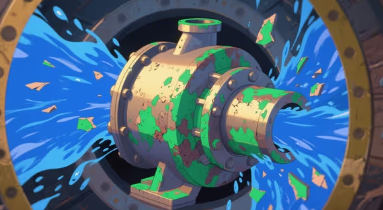



 English
English русский
русский Español
Español